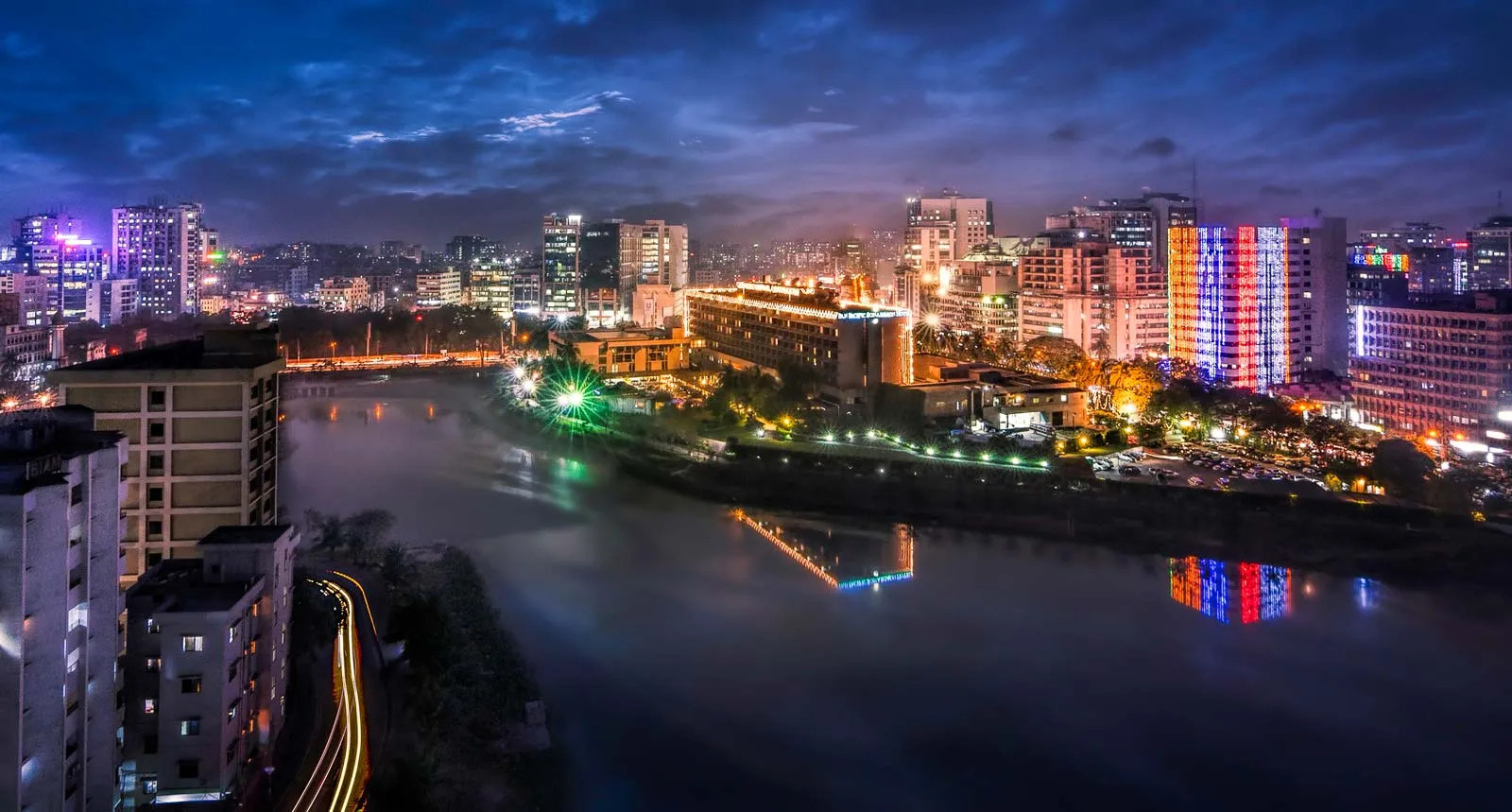Exploring the Fascinating Facts About Bangladesh
Bangladesh is a fascinating country with a rich history and diverse culture. Located in South Asia, it is the eighth-most populous country in the world. One of the most interesting facts about Bangladesh is that it is home to the world’s largest river delta, the Sundarbans, which is also a UNESCO World Heritage Site.
In terms of population density, Bangladesh is one of the most densely populated countries in the world, making it a remarkable example of how a small land area can support such a large number of people. The country is also known for its vibrant textile industry, particularly the production of fine muslin, which has been coveted around the world for centuries.
Additionally, Bangladesh has made significant progress in recent years in improving its economy and reducing poverty. Its ready-made garment industry is a major contributor to its economy and is the second-largest exporter of garments in the world.
Furthermore, the cultural heritage of Bangladesh is incredibly diverse, with influences from Hinduism, Buddhism, and Islam. The country is renowned for its traditional music, dance, and art, which reflect the unique fusion of different cultural elements.
In conclusion, Bangladesh is a country filled with fascinating and diverse aspects that make it a captivating destination for exploration and learning.
Most popular facts
Bangladesh is the 8th most populous country in the world, with over 160 million people.
Bangladesh is the 8th most populous country in the world, with over 160 million people.
The country is home to the largest river delta in the world, the Sundarbans, a UNESCO World Heritage Site.
Bangladesh is home to the largest river delta in the world, the Sundarbans, a UNESCO World Heritage Site.
Bangladesh is one of the most densely populated countries, with a population density of over 1,100 people per square kilometer.
Bangladesh is one of the most densely populated countries, with a population density of over 1,100 people per square kilometer.
It is the fourth largest rice producer in the world and is known as the “land of rivers” due to its extensive network of waterways.
Bangladesh is the fourth largest rice producer in the world and is known as the “land of rivers” due to its extensive network of waterways.
The national language of Bangladesh is Bengali (Bangla), which is spoken by the majority of the population.
Yes, the national language of Bangladesh is Bengali (Bangla), which is spoken by the majority of the population.
Bangladesh is prone to natural disasters such as cyclones, floods, and landslides due to its geographical location and low-lying terrain.
Bangladesh is prone to natural disasters such as cyclones, floods, and landslides due to its geographical location and low-lying terrain.
The country gained independence from Pakistan in 1971 after a bloody war of independence.
Bangladesh gained independence from Pakistan in 1971 after a bloody war of independence.
Dhaka, the capital city of Bangladesh, is one of the most densely populated cities in the world and a major hub for textiles and garments.
Dhaka, the capital city of Bangladesh, is one of the most densely populated cities in the world and a major hub for textiles and garments.
The country has made significant progress in reducing poverty rates in recent years, although challenges remain.
The country has made significant progress in reducing poverty rates in recent years, although challenges remain.
Bangladesh is a major exporter of ready-made garments and textiles, with the industry playing a crucial role in the country’s economy.
Bangladesh is a major exporter of ready-made garments and textiles, with the industry playing a crucial role in the country’s economy.
The Sundarbans, located in Bangladesh, is home to the critically endangered Bengal tiger.
The Sundarbans, located in Bangladesh, is home to the critically endangered Bengal tiger.
Bangladesh has made substantial strides in improving access to education and increasing literacy rates in recent decades.
Bangladesh has made substantial strides in improving access to education and increasing literacy rates in recent decades.
The country has a vibrant cultural heritage, with traditional music, dance, and art forms that reflect its rich history.
The country has a vibrant cultural heritage, with traditional music, dance, and art forms that reflect its rich history.
Bangladesh is the world’s second-largest producer of jute, a versatile natural fiber used in various industries.
Bangladesh is the world’s second-largest producer of jute, a versatile natural fiber used in various industries.
The country has made significant progress in women’s empowerment, with increasing participation of women in the workforce and political leadership roles.
The country has made significant progress in women’s empowerment, with increasing participation of women in the workforce and political leadership roles.
In conclusion, Bangladesh’s rich cultural heritage, vibrant economy, and significant progress in various sectors highlight the country’s potential for growth and development. With its diverse landscapes and resilient people, Bangladesh stands as a remarkable example of perseverance and innovation in the face of challenges. As the nation continues to strive towards prosperity, it remains an intriguing and dynamic destination that warrants further exploration and understanding.
